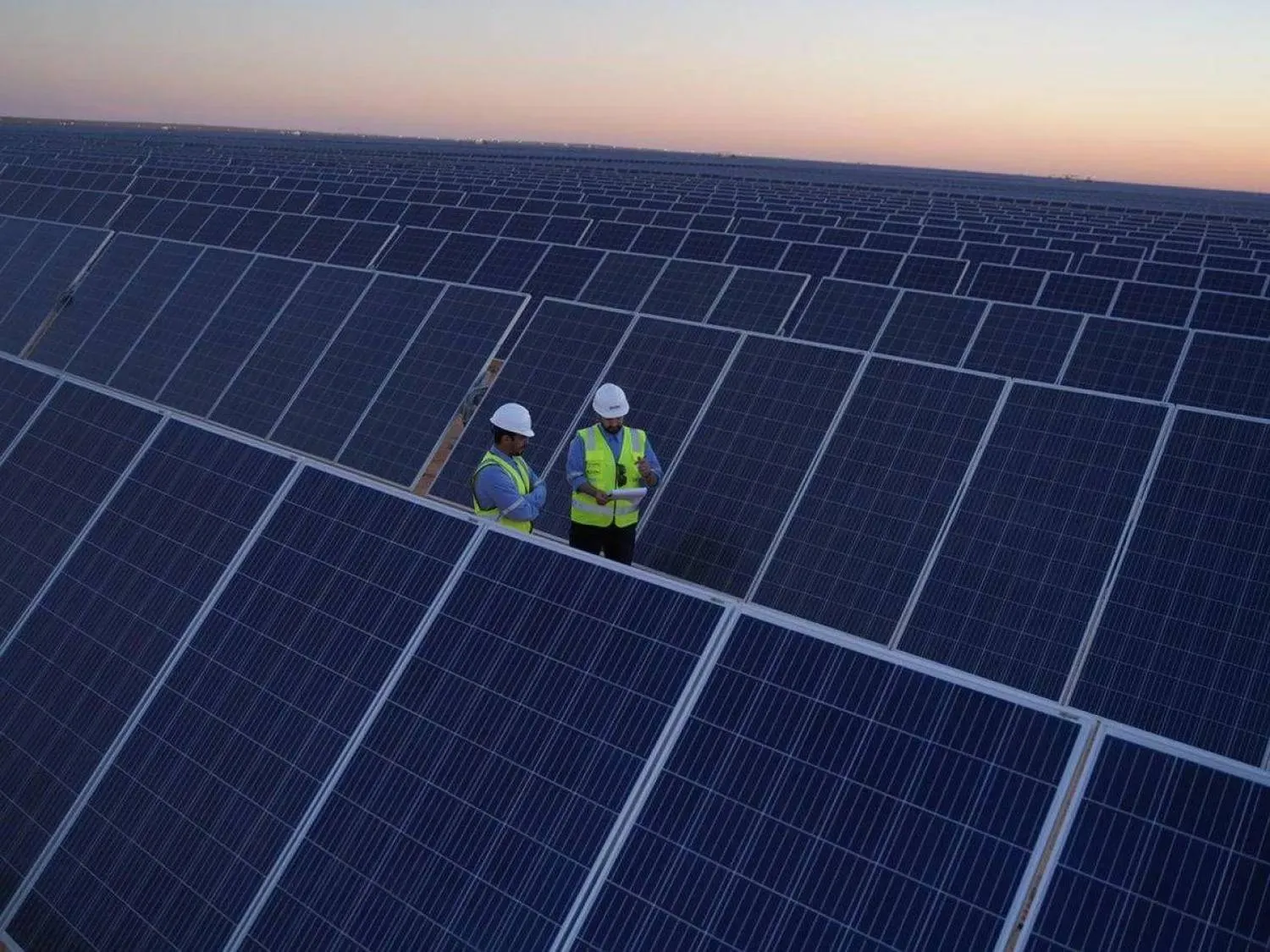Saudi Arabia is intensifying its efforts to secure access to essential materials, promote local manufacturing, enhance sustainability, and strengthen its participation in global supply chains. This follows Minister of Investment Khalid Al-Falih’s announcement of nine new agreements, alongside 25 additional deals under review, under the Global Supply Chain Resilience Initiative (Jusoor).
Speaking during the 28th Annual World Investment Conference in Riyadh, Al-Falih described these agreements as a major step toward building more resilient and efficient supply chains in the Kingdom.
He noted that the program, which reflects the vision of Crown Prince Mohammed bin Salman, forms part of the National Investment Strategy and is supported by government programs such as the National Industrial Development and Logistics Program (NIDLP).
Al-Falih highlighted Saudi Arabia’s plans to facilitate access to critical minerals, promote local manufacturing, and expand its footprint in global green energy markets. He emphasized that “green supply” is a fundamental pillar of the initiative, supported by investments in renewable energy.
The Kingdom aims to develop 100 new investment opportunities across 25 value chains, including projects in green energy and artificial intelligence (AI), he underlined.
The government is also offering incentives for companies to invest in special economic zones and aims to attract investments in emerging sectors such as semiconductors and digital manufacturing. Al-Falih stressed the importance of collaboration between public and private sectors in advancing Saudi Arabia’s Vision 2030 goals.
He reiterated the government’s full commitment to realizing this vision, with ministries continuing to support this strategic initiative focused on sustainable development and the localization of advanced industries.
Minister of Industry and Mineral Resources Bandar Al-Khorayef announced that Saudi Arabia has attracted over $160 billion in investments to its market—nearly triple previous figures. Capital in the mining sector has grown to $1 billion, while investments in mineral wealth have exceeded $260 million.
Al-Khorayef underlined the Kingdom’s commitment to building strong, reliable partnerships through strategies that prioritize supply chain development and sustainability. He identified the Jusoor initiative as a key mechanism for linking Saudi Arabia to global supply chains, tackling challenges such as energy transitions and the growing demand for critical minerals.
For his part, Minister of State and Cabinet Member Dr. Hamad Al-Sheikh, who also serves as Secretary-General of the Localization and Balance of Payments Committee, highlighted Saudi Arabia’s strategic investments in infrastructure, saying that these efforts aim to position the Kingdom as a leading global logistics hub.









